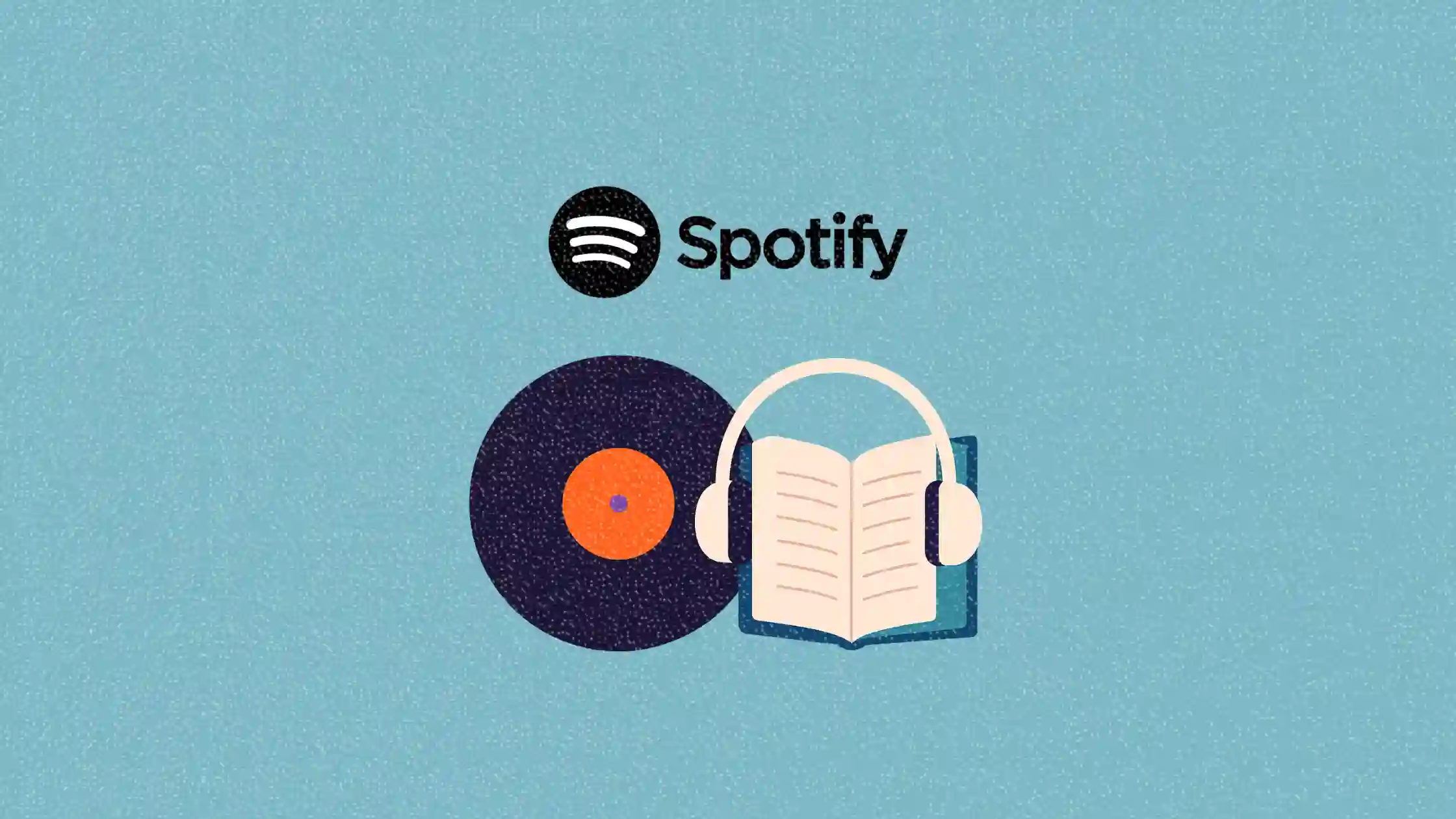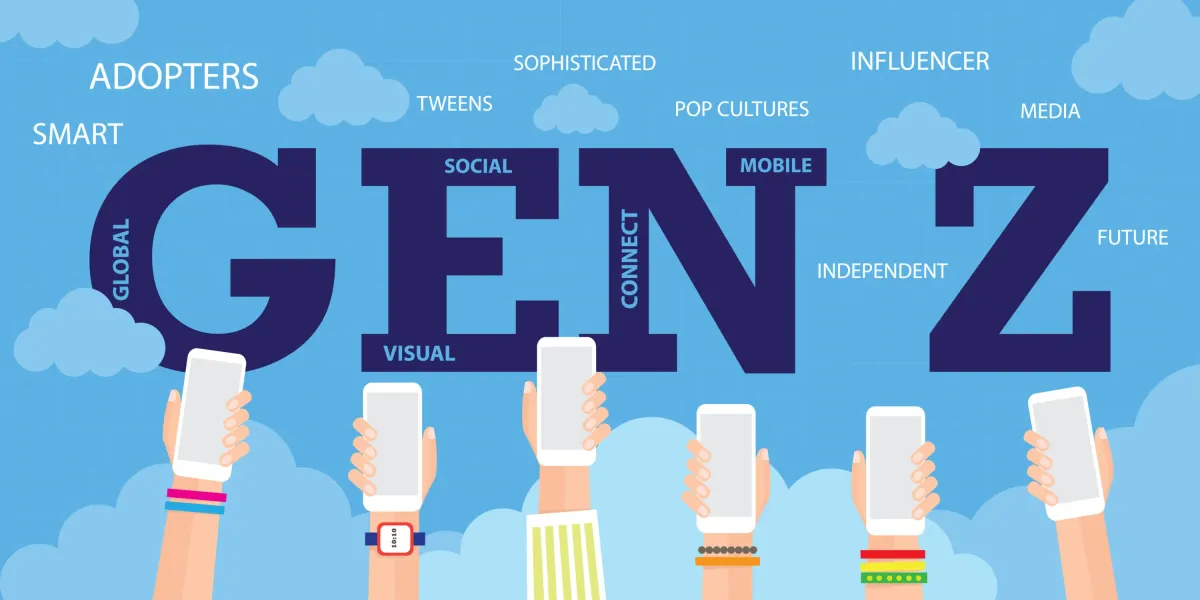Spotify treats audiobooks like pop hits in new campaign
Spotify’s latest campaign markets audiobooks with the same emotional pull as viral music

Spotify is cranking up the volume on its audiobook ambitions this summer, and it’s not doing it quietly.
With a campaign that draws parallels between bingeable books and addictive tracks, the streaming platform is making audiobooks feel less like homework and more like headliners.
This article explores how Spotify’s campaign blends music fandom logic with literary storytelling, why that matters for brand marketers, and what you can take away from its playlist-first positioning.
Short on time?
Here’s a table of contents for quick access:
- What Spotify’s campaign is doing differently
- Why this matters for audio marketing
- What marketers should know

What Spotify's campaign is doing differently
Spotify’s new campaign, ‘Read Like You Listen’, positions audiobooks as just as emotional, memorable, and vibe-driven as music. Created in-house, the work highlights top titles such as Never Flinch by Stephen King and Atmosphere: A Love Story by Taylor Jenkins Reid. These books are marketed with the same cultural intensity as a summer anthem.
The central idea? Discovering a great audiobook should feel like finding your next favorite artist.
Spotify also launched a dedicated audiobook hub, featuring playlist-style collections, top Spotify Wrapped picks, and buzzy new releases. On Instagram, the brand rolled out a music taste-matching feature that pairs listeners with audiobooks based on their current mood.
If your go-to playlist is summer pop, Spotify recommends The Summer I Turned Pretty. If you lean toward moody rock, your match might be Daisy Jones & The Six.
This is not just about expanding product offerings. It is about reframing how stories are delivered and discovered.
Why this matters for audio marketing
Spotify first introduced 15 hours of audiobook access for Premium users in 2023. Since then, the platform has tripled its library to more than 400,000 titles. Listening time has jumped by over 30 percent, with active audiobook users rising more than 35 percent across the U.S., U.K., and Australia.
Now, Spotify is building on that momentum using the same tactics that drove its music dominance.
- Playlist logic applied to books
- Mood-based discovery over genre-based browsing
- Storytelling positioned as cultural participation
According to Suzanne Galvez, Director of Editorial and Spotify Publishing, “There’s real responsibility in choosing stories that speak to the moods and moments that matter to our listeners, many of whom aren’t traditional readers. So getting it right? That’s the goal.”
To guide new listeners, Spotify’s editorial team curated a list of standout summer titles. These include A Court of Thorns and Roses, Fahrenheit-182 by Mark Hoppus, Matriarch by Tina Knowles, and The Three-Body Problem by Cixin Liu.
The company also introduced Audiobooks+, a Premium add-on that unlocks an extra 15 hours of listening. A second tier extends this access to Duo and Family plan members.

What marketers should know
Spotify’s approach to audiobooks is not just a marketing refresh. It is a full strategy shift that marketers can study and apply. Here’s how:
1. Focus on moods, not just market segments
Spotify’s audiobook matchmaking leans on mood and vibe instead of age or genre. Marketers can take a cue by segmenting audiences based on emotional states, cultural cues, and contextual moments.
2. Rethink discoverability
Spotify treats audiobooks like tracks. They are easy to find, quick to sample, and bundled into themed playlists. Ask yourself: is your content discoverable in the way your audience wants to consume it?
3. Combine media formats with narrative logic
The audiobook campaign mixes music logic with literary storytelling. Marketers can look for ways to blur content boundaries too, integrating video, audio, and social into fluid storytelling frameworks.
4. Go local, but stay emotionally universal
Spotify’s “My Spotify” campaign in the Philippines localizes the brand with quirky, hyper-relatable Gen Z stories. From soggy umbrellas to laundromat daydreams, everyday moments get soundtracked by custom playlists. The emotional insight is clear. Gen Z curates for mood, not tasks.
Spotify is proving that audiobooks do not need to be packaged like textbooks. They can be sold like soundtracks. For marketers in content-heavy sectors, this campaign offers a masterclass in repositioning. If Spotify can turn audiobooks into cultural moments, what content formats are you underleveraging?
The bigger takeaway: meet your audience at the level of emotion, not format.





